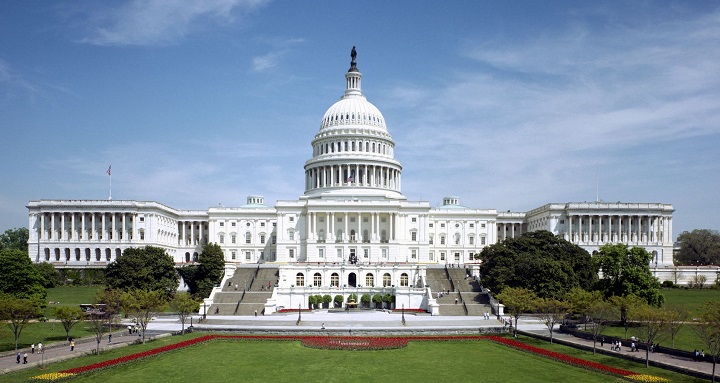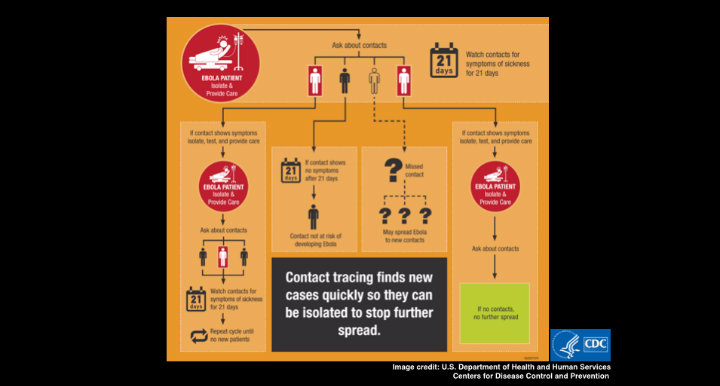Big data is already giving us better TV shows. Could it also help build a better education system?
This week our team went to 1776 Reboot: Education Meetup, where we heard from leading experts from Coursera talk about the future of online MOOCs, as well as entrepreneurs from TechStars about applying an accelerator approach to learning. But one of the real stars of the night was Richard Culatta of the Department of Education, who declared that we now have more data about what kids watch on Netflix than how they learn in school.
So what?
When Netflix rolled out House of Cards as all 13 episodes developed on metrics learned over the years from their watchers, Kevin Spacey stated in a Business Insider article:
“It’s a real opportunity for the film and television industry to learn the lesson the music industry didn’t learn. Give the audience what they want, when they want it, in the form they want it in, at a reasonable price, and they’ll buy it.”
In our last post, Four Reasons Why Universities Aren’t Ready to Move Online, we looked at how universities need to invest more heavily in producing compelling online content — not just videotaping professors lecturing. The dirty secret behind online all of the education platforms that are generating the creative chaos around online education is that they are not providing an online education at all, but rather educational content in a structured format. If that’s the case, what can online education learn from the current revolution in content distribution?
In criticizing current approaches to online learning, we often refer to the “Netflix” approach to online education — passive consumption of videos instead of interactive back-and-forth learning. But there’s no doubt that there is a market for passive consumption of educational videos, ranging from the current gold standard of Lynda.com to simply looking up a how-to screencast on YouTube.
-
Piecemeal Content (Amazon). Amazon is a retail company, that wants to also sell digital content. Think of this as purchasing and streaming an episode of Ken Burns Civil War. But are customers willing to buy educational content when there has been hesitation to do so for TV (hence the existence of PBS).
-
Free Prosumer (YouTube). YouTube is a Google product that wants to build general user data. The problem here for users is discovery and quality control — it’s hard to find quality, and it’s hard to find programs of study as opposed to small snippets of knowledge.
-
Freemium Model (Hulu). Hulu is an ad-supported subscription video service, that wants to build interest in existing broadcast content. It’s also perhaps the closest to the existing Coursera and EdX model. While the education is free, they are looking at “freemium” educational models where they can charge for certificates of completion or credit.
-
Premium Distribution Model (HBO). This could be TED talks right now, although those are free — TED controls the vertical by organizing the conferences, filming the speakers, and then distributing on their own platform. The content is often superb, but–like HBO–is restricted in it’s theme and format. HBO is a cable company that happens to be online.
-
Content Buffet + Original Content (Netflix). Netflix provides on-demand Internet video streaming. Most interestingly, they then used big data from how their users watch other media to figure out how best to deliver its own content. There’s not a perfect comparison yet, but there are some indicators of what’s to come.
Khan Academy started off with simple YouTube videos of basic skills. Since then, they have aggregated them into groups with clear skill progression and then allows students to practice with post video problems, which give them an enormous amount of feedback on how well students are learning. This data not only helps students learn through application of knowledge to problems with instant response, but easily enables Khan to present additional problems to support or remediate weak areas. And all that data can show Khan how to make an even better experience by combining it with theories on effective learning.
Big Data companies like Hortonworks are trumpeting data-driven education, while new startups like Clever and learnsprout are helping developers get in touch with new sources of data on achievement and teaching. Even government is getting in on the game. Led by the Department of Education’s Richard Culatta and the administration’s general open data philosophy, every metric available is being drafted to the use of improving education across the country. But the metric gathering potential of online learning is even greater.
Brace yourselves: We may be about to see some of the best educational content of all time built on metrics that traditional educators could only dream about. And moreover, since this isn’t just about producing content one time for one show, but for topics that will require constant updating and modification for improvements.
What will your courses look like when your professors are actually producing quality content and A/B testing the heck out of it? When they improve not semester to semester, but week to week?
This post was co-authored with Mike Brown.




